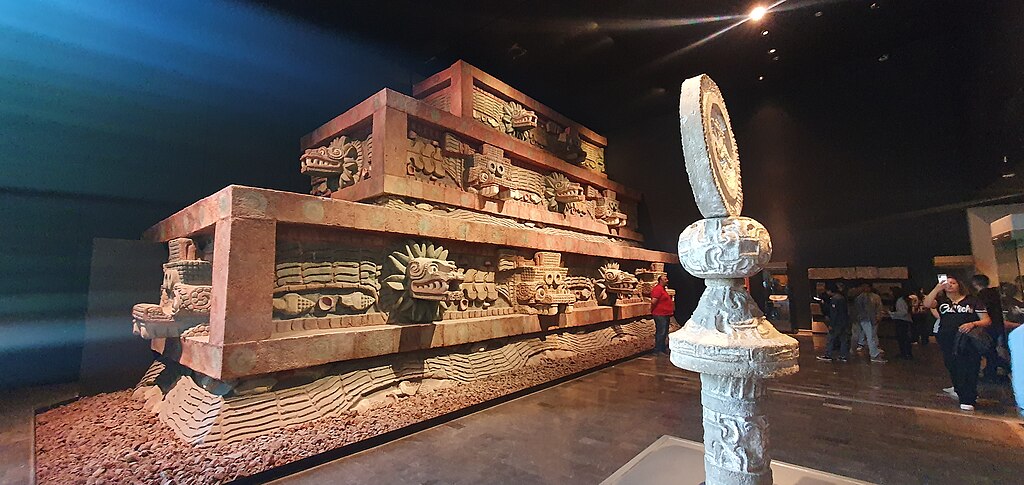Throughout human history, few animals have been as consistently connected to medicine and healing as the snake. From the ancient civilizations of Mesopotamia to modern medical symbols, serpents have slithered their way into our collective understanding of health and restoration. This fascinating relationship between snakes and healing spans cultures, continents, and millennia, creating a complex tapestry of mythology, symbolism, and practical knowledge. The snake’s ability to shed its skin and seemingly renew itself has particularly captivated human imagination, serving as a powerful metaphor for healing, transformation, and rebirth. Let’s explore the remarkable ways in which these reptiles became intertwined with healing traditions across ancient civilizations and how their influence continues to this day.
The Rod of Asclepius: Greece’s Enduring Medical Symbol
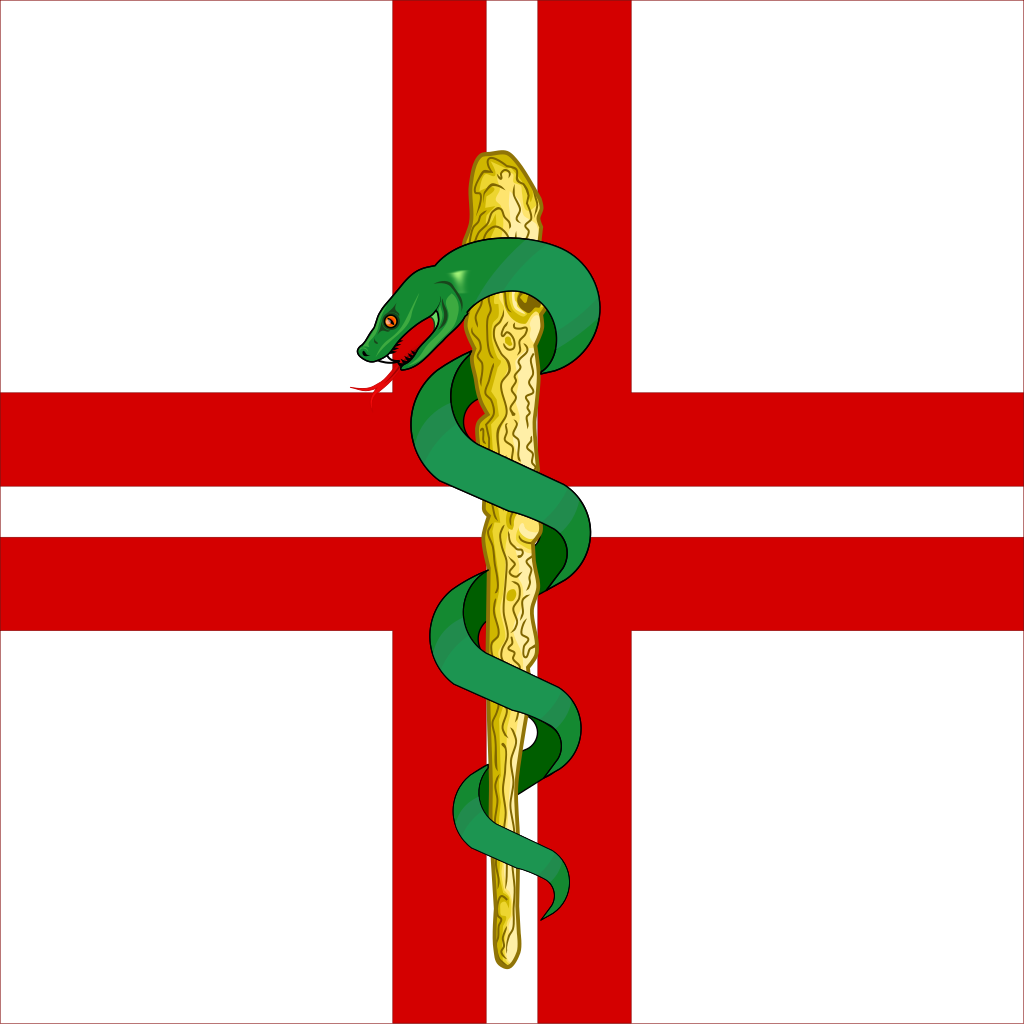
Perhaps the most recognizable connection between snakes and healing comes from ancient Greece in the form of the Rod of Asclepius. This symbol—a staff with a single serpent coiled around it—belonged to Asclepius, the Greek god of medicine and healing. According to mythology, Asclepius learned the secrets of healing from observing snakes, who were believed to know which herbs could bring the dead back to life. The cult of Asclepius established healing temples called Asclepeions throughout ancient Greece, where patients would sleep among non-venomous snakes as part of their therapeutic process. Remarkably, this ancient symbol continues to represent medicine today, appearing on ambulances, medical identification cards, and as the emblem of numerous health organizations worldwide, including the World Health Organization.
Mesopotamian Origins: Ningishzida and Early Snake Healing
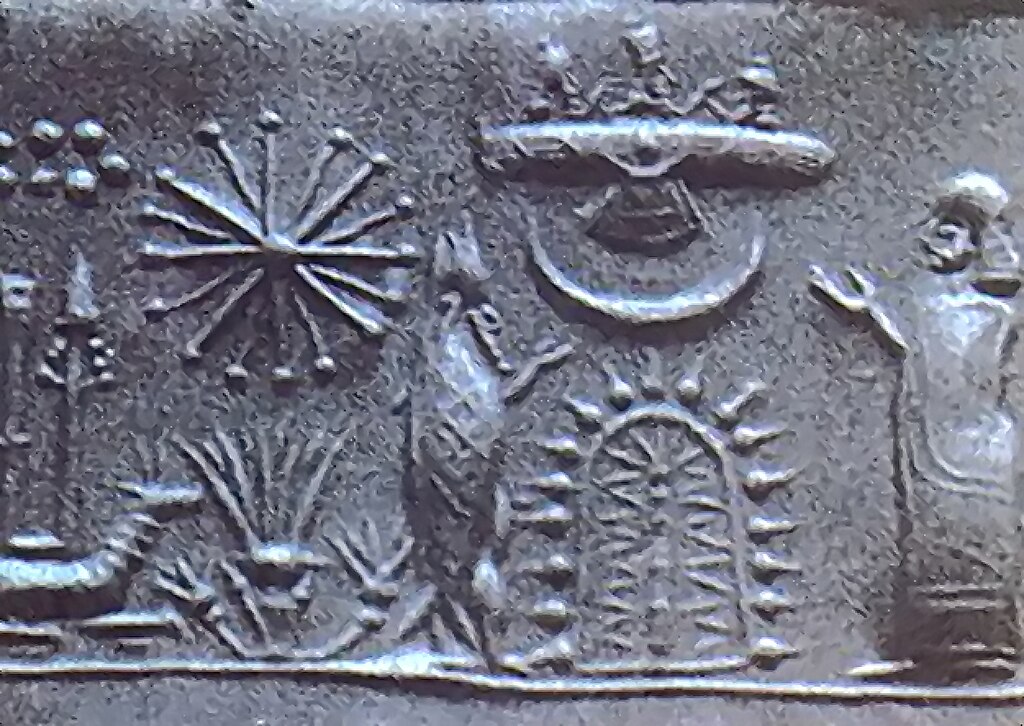
The association between snakes and healing predates the Greeks, with some of the earliest evidence coming from ancient Mesopotamia. The Sumerian deity Ningishzida was depicted as a serpent or with serpents emanating from his shoulders, serving as a guardian of health long before Asclepius emerged in Greek culture. Clay tablets from around 4000 BCE show images of snake gods associated with healing practices and medical knowledge. Mesopotamian healers often invoked snake deities when treating patients, believing these gods held power over life and death. This cultural foundation established a paradigm that would influence civilizations across the ancient world, creating a template for the snake as a keeper of healing wisdom that persisted across cultural boundaries.
Egypt’s Serpent Goddesses: Wadjet and Meretseger
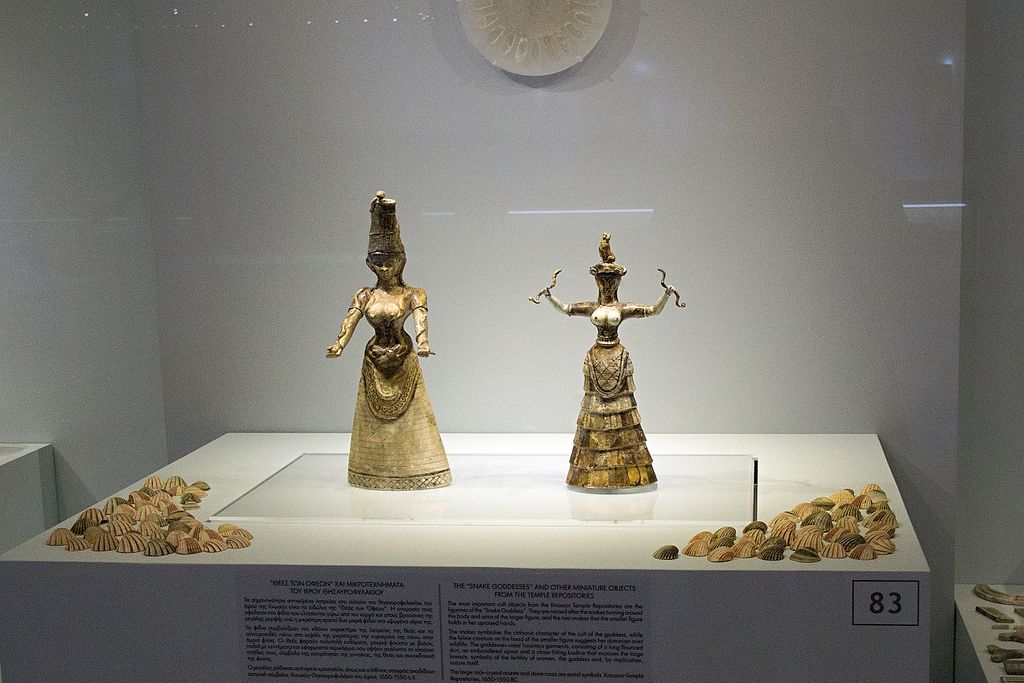
In ancient Egypt, snakes held a prominent position in healing traditions through deities like Wadjet and Meretseger. Wadjet, depicted as a cobra and symbolized in the pharaoh’s uraeus crown, was considered a protective goddess with powerful healing abilities. Meretseger, the cobra goddess who presided over the Theban necropolis, was believed to both cause and cure ailments, particularly those affecting the eyes. Egyptian medical papyri contain numerous remedies derived from snake parts, demonstrating the practical application of serpents in medicine beyond mere symbolism. Egyptians would create healing amulets in snake forms, which were worn to prevent disease and protect against evil forces that could cause illness, showing how deeply integrated serpent symbolism was in their approach to health and wellbeing.
The Biblical Bronze Serpent: Nehushtan

Even within monotheistic traditions that often portrayed snakes negatively, serpent imagery retained healing associations. In the Old Testament, Moses creates a bronze serpent called the Nehushtan, mounting it on a pole so that Israelites bitten by venomous snakes could look upon it and be healed. This powerful image of a snake as both the source of affliction and its cure highlights the paradoxical nature of serpent symbolism in healing contexts. The Nehushtan later became problematic in ancient Israel when it began to be worshipped as an idol, showing the tension between monotheistic beliefs and powerful healing symbols. This biblical story demonstrates how snake-healing associations transcended cultural boundaries, appearing even in traditions that otherwise viewed serpents with suspicion.
Snake Venom as Medicine: Ancient Pharmaceutical Knowledge
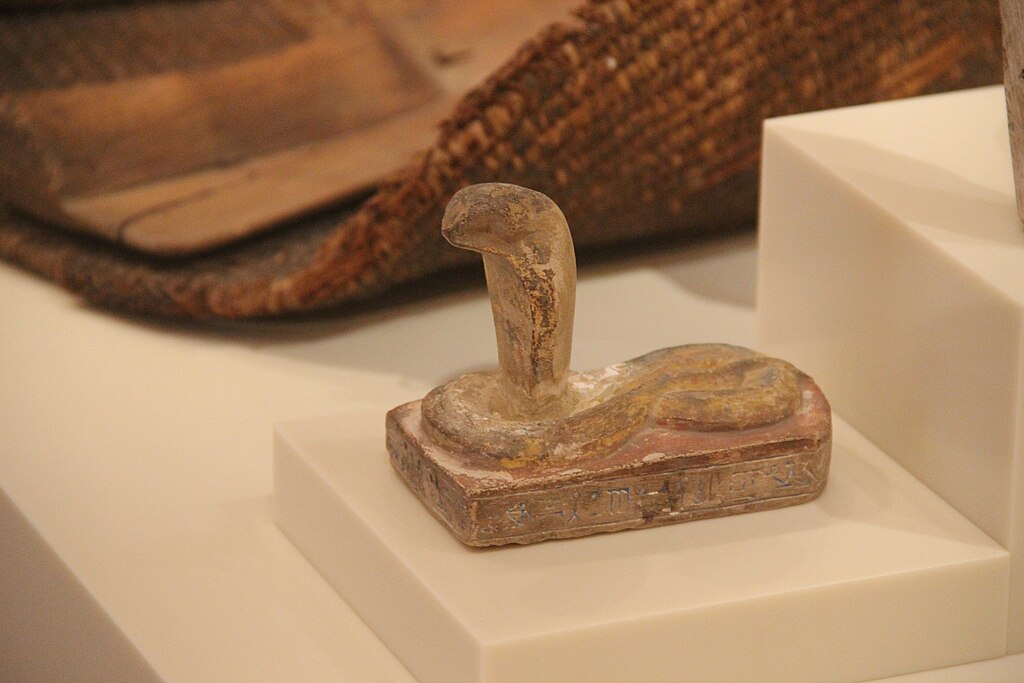
Practical applications of snake-derived treatments formed a significant part of ancient medical practice across multiple civilizations. Snake venom was carefully harvested and used in controlled doses to treat various conditions, from pain management to addressing clotting disorders. Ancient Chinese texts document the use of snake bile, skin, and meat in traditional remedies dating back thousands of years. In India’s Ayurvedic tradition, snake venom was prescribed for joint pain, respiratory problems, and skin disorders. These practical applications likely reinforced the symbolic connection between snakes and healing, as cultures observed genuine medicinal properties in snake-derived treatments long before modern science could explain the biochemical mechanisms involved.
Kundalini: The Healing Serpent Energy in Hindu Tradition

In ancient Hindu traditions, the concept of Kundalini represents serpent energy coiled at the base of the spine, which when awakened rises through energy centers (chakras) to bring healing, enlightenment, and transcendence. This internal healing serpent demonstrates how snake symbolism was incorporated into sophisticated energy-healing systems. The awakened Kundalini was believed to clear blockages in the subtle body, bringing physical health, psychological balance, and spiritual awakening. Early texts describe practices specifically designed to awaken this serpent energy through breath control, meditation, and physical postures—many of which form the foundation of yoga. The Kundalini tradition shows how snake symbolism moved beyond external medicine to become integrated into understanding internal healing processes and the body’s own regenerative capabilities.
Renewal Through Shedding: The Symbolic Power of Skin Regeneration

The snake’s ability to shed its skin and emerge renewed stands as perhaps the most powerful reason for its association with healing across cultures. This visible process of regeneration provided ancient observers with a perfect metaphor for healing, rebirth, and transformation. In many traditions, the serpent shedding its skin represented the possibility of renewal and the cyclical nature of life, death, and rebirth. Ancient healing rituals often incorporated this symbolism, with patients symbolically shedding their illness as a snake sheds its skin. This biological reality of snakes created a universal symbol that spoke directly to human hopes for recovery from illness and transformation from suffering to health.
Mesoamerican Serpent Deities: Quetzalcoatl and Healing

Across the ocean in Mesoamerica, serpent gods held significant healing associations within Aztec, Maya, and other indigenous cultures. The feathered serpent deity Quetzalcoatl was connected to medicine, learning, and cultural advancement. Mesoamerican healing practices often involved serpent imagery, with healers using rattlesnake rattles as diagnostic tools and incorporating snake parts into medicinal preparations. Excavated temples and medical sites have revealed numerous serpent-themed artifacts associated with healing rituals and practices. The prominence of serpent imagery in these cultures demonstrates that the healing associations of snakes developed independently across continents, suggesting a deeper psychological resonance in how humans interpret serpent symbolism.
The Caduceus Confusion: Hermes’ Staff in Modern Medicine

A fascinating aspect of snake healing symbolism involves the modern confusion between the Rod of Asclepius and the Caduceus—the staff of Hermes featuring two intertwined snakes. While Asclepius’ rod genuinely represented healing in ancient times, the Caduceus was associated with commerce, messengers, and occasionally with death or negotiation, but rarely with medicine. The United States military mistakenly adopted the Caduceus as a medical symbol in the late 19th century, creating a persistent confusion that continues today. This historical mix-up demonstrates how powerful and persistent snake healing symbolism remains, even when details become muddled over time. The confusion also highlights how deeply ingrained the connection between snakes and healing has become in human consciousness—even the wrong snake symbol is immediately recognized as representing medicine.
Snake Movement and Healing Dance: Ritual Practices

The distinctive movement of snakes inspired healing rituals across numerous ancient cultures, with snake-mimicking dances forming part of therapeutic and spiritual practices. In ancient Greek healing cults, ritual dances imitated serpentine movements to invoke healing energies and connect with divine healing powers. Similar practices existed among indigenous North American tribes, where snake dances were performed to bring rain, fertility, and healing to communities suffering from drought or disease. The physical act of moving like a snake was believed to align the body with transformative and healing energies present in nature. These dance traditions show how snake symbolism extended beyond static imagery to influence dynamic healing practices that engaged the entire body in the healing process.
Dual Nature: The Snake as Both Poison and Cure

The paradoxical nature of snakes—capable of delivering both deadly venom and potentially life-saving medicine—mirrors the ancient principle of “pharmakos,” where poison and remedy are two sides of the same coin. This duality made snakes particularly apt symbols for healing, as they embodied both the threat of mortality and the promise of restoration. The Greek physician Hippocrates captured this principle in his maxim that the difference between a poison and a remedy often lies merely in the dose. Ancient physicians across cultures recognized this duality, developing careful protocols for handling snake-derived medicines that acknowledged their power as both healers and destroyers. This balance of opposing forces made snakes perfect symbols for the delicate equilibrium that health represents—an equilibrium that healers sought to restore in their patients.
Modern Echoes: Serpent Healing Symbolism Today

The ancient association between snakes and healing continues to resonate in modern contexts, extending far beyond the Rod of Asclepius on medical emblems. Contemporary bioprospecting efforts examine snake venoms for potential pharmaceutical applications, with several snake-derived medications already in clinical use for treating hypertension, pain, and blood disorders. Many traditional healing systems around the world still incorporate snake symbolism, from Chinese medicine to indigenous healing traditions that have survived into the modern era. The psychological power of the snake as a healing symbol remains potent, appearing in dreams, art therapy, and psychological interpretations as representing transformation and renewal. This enduring connection demonstrates that ancient snake healing associations weren’t merely cultural constructs but tapped into something fundamentally compelling about how humans conceptualize healing and regeneration.
Psychoanalytic Perspectives: The Healing Serpent in the Mind

Modern psychoanalytic traditions have found rich meaning in the ancient association between snakes and healing, viewing it as an archetypal symbol that speaks to the deepest levels of human consciousness. Carl Jung identified the serpent as a powerful symbol of the unconscious mind and its healing potential, suggesting that ancient cultures were tapping into universal psychological patterns rather than merely creating arbitrary symbols. The process of psychological integration—bringing unconscious material into conscious awareness—parallels the snake shedding its skin, representing personal transformation and healing of the psyche. This psychological dimension helps explain why snake healing symbolism appears across so many disparate cultures with remarkably similar interpretations. The serpent as healer seems to resonate with something fundamental in human psychological experience, bridging ancient religious symbolism and modern psychological understanding.
The profound connection between snakes and healing across ancient cultures represents more than mere coincidence or simple observation of these creatures’ biological traits. It reflects a deep human understanding of transformation, renewal, and the delicate balance between life and death. From practical applications of snake venom in ancient pharmacology to elaborate mythological systems featuring serpent deities, these traditions recognized something powerful in snake symbolism that continues to resonate today. As we continue to explore the biochemical properties of snake venom for modern medical applications and retain serpent symbols in our healthcare institutions, we maintain an unbroken connection to those ancient healers who first recognized the serpent’s power to represent our most fundamental hopes for healing and renewal. This enduring association reminds us that some symbols transcend time and culture, speaking to universal human experiences of vulnerability, transformation, and the eternal quest for wellbeing.

